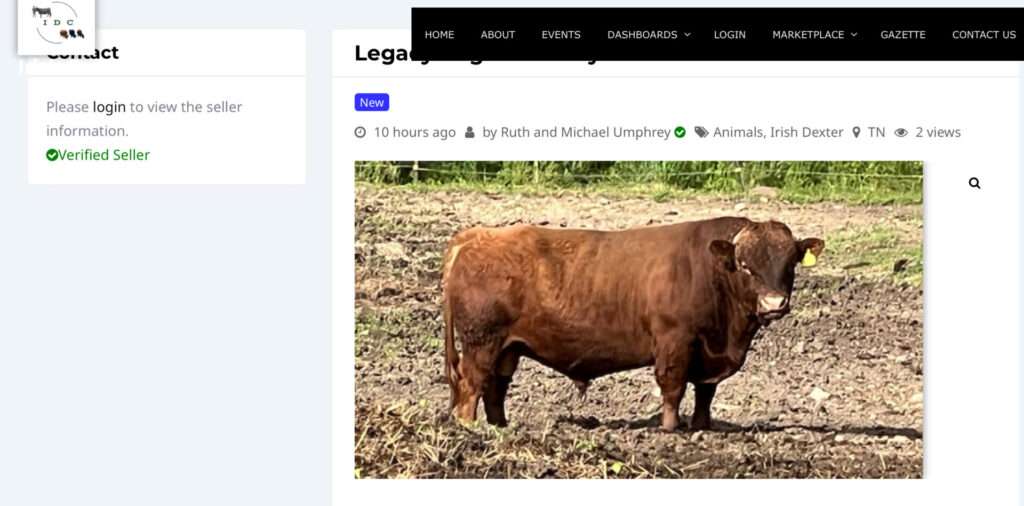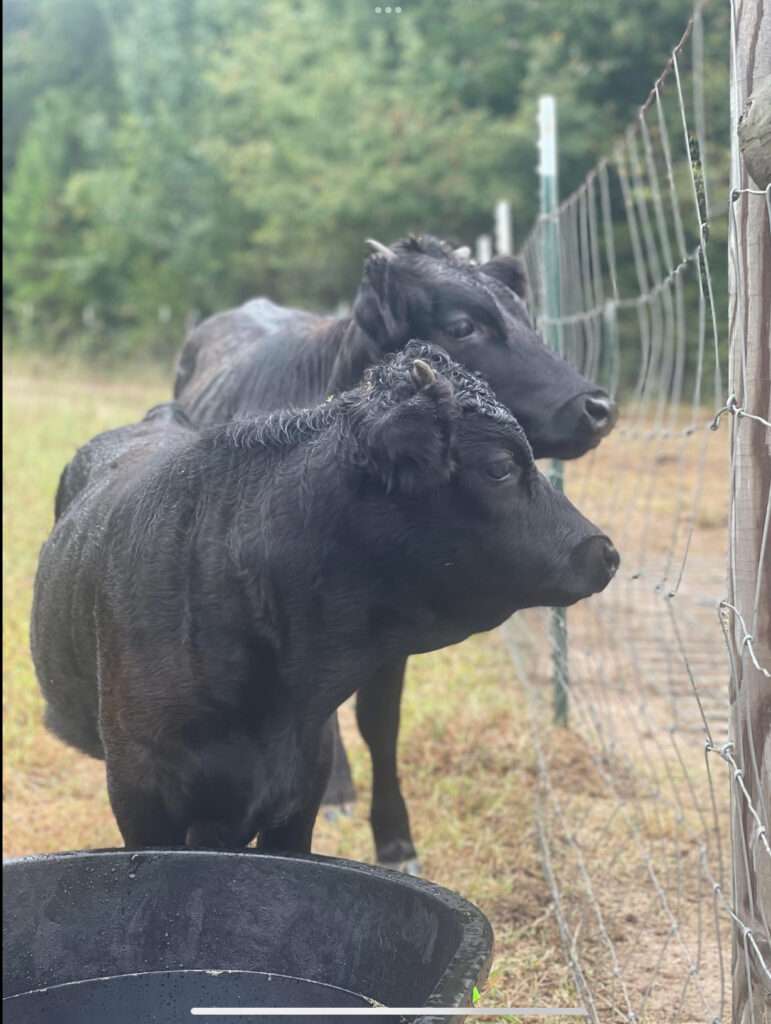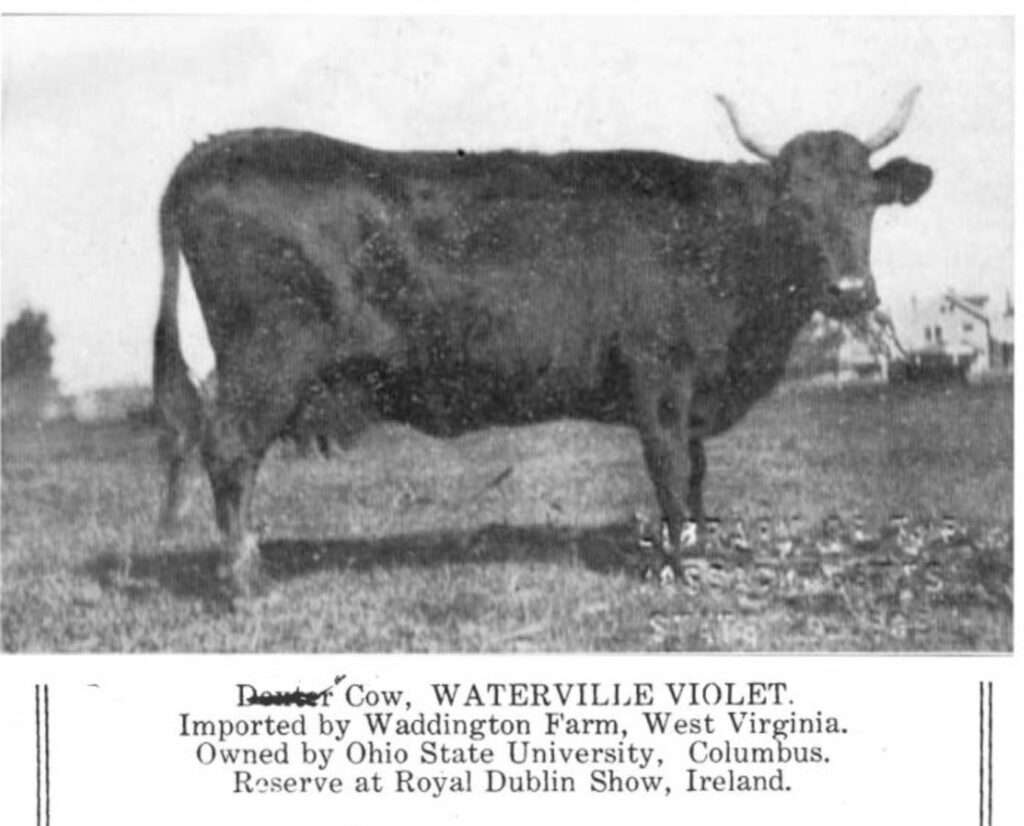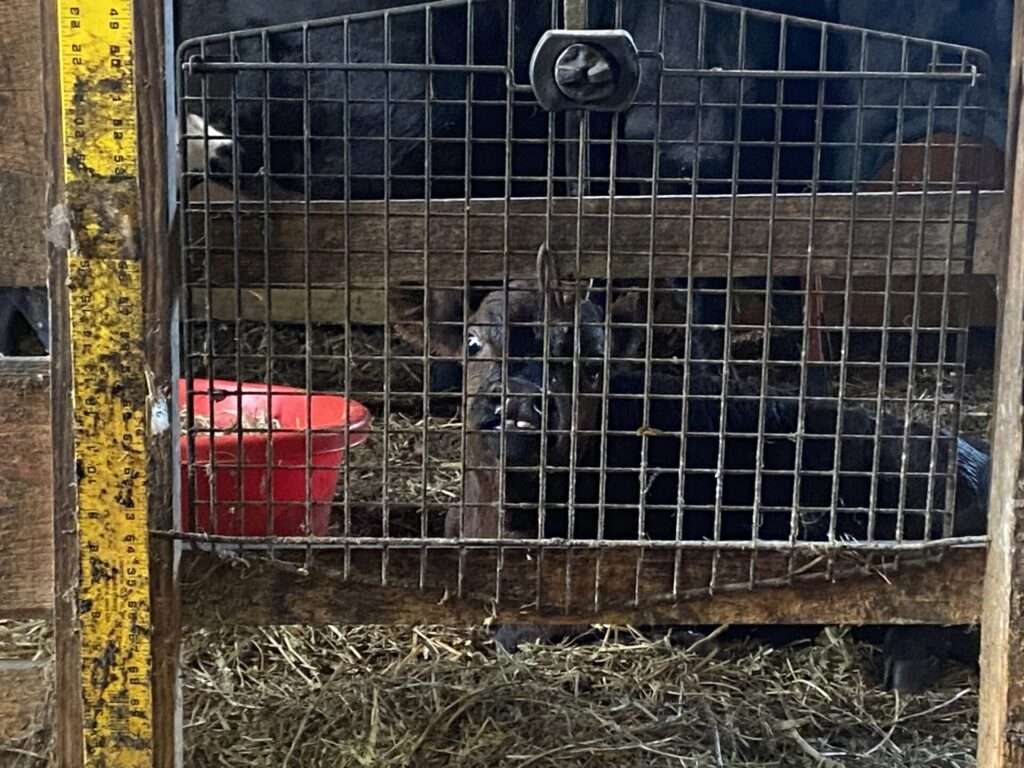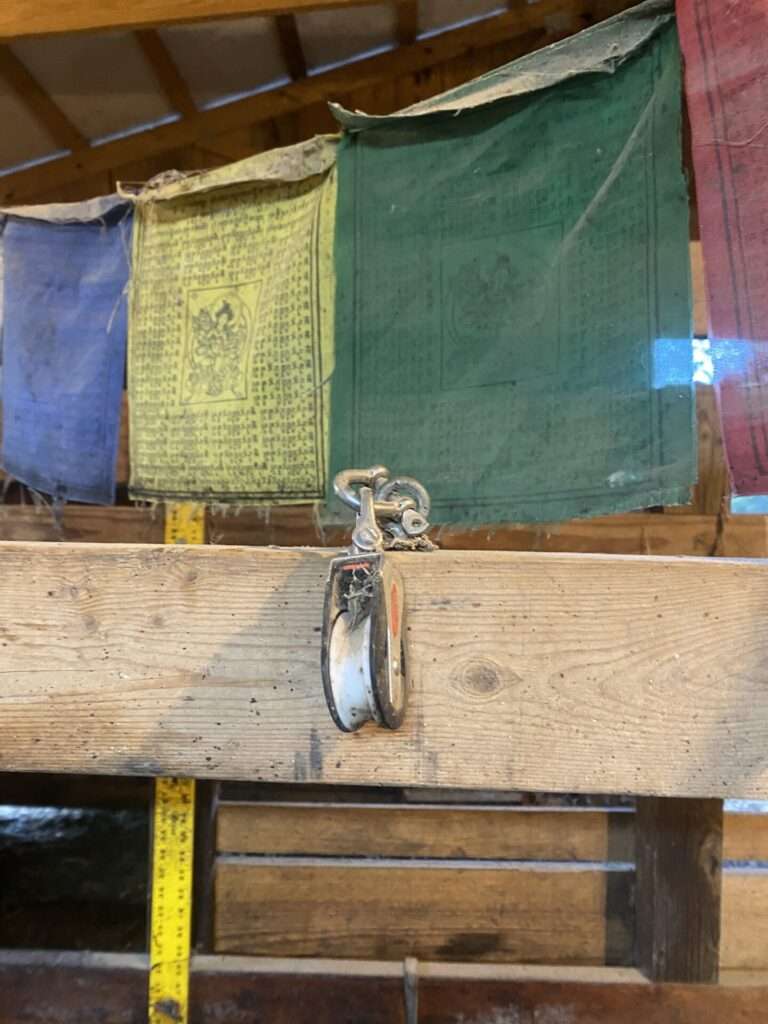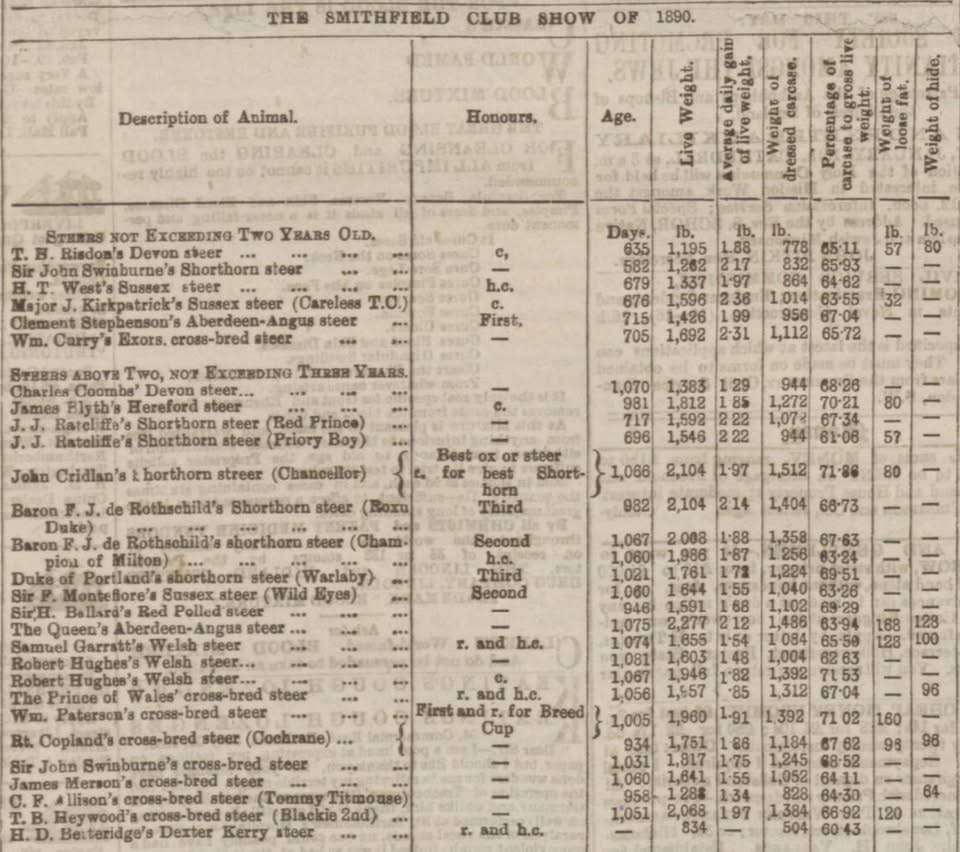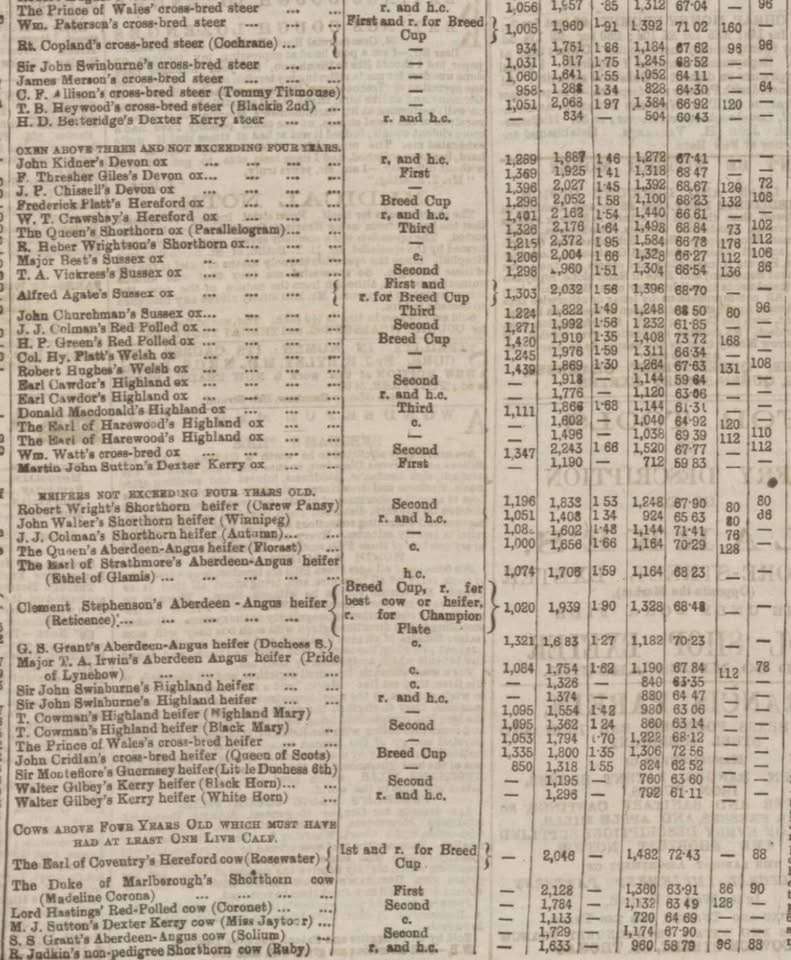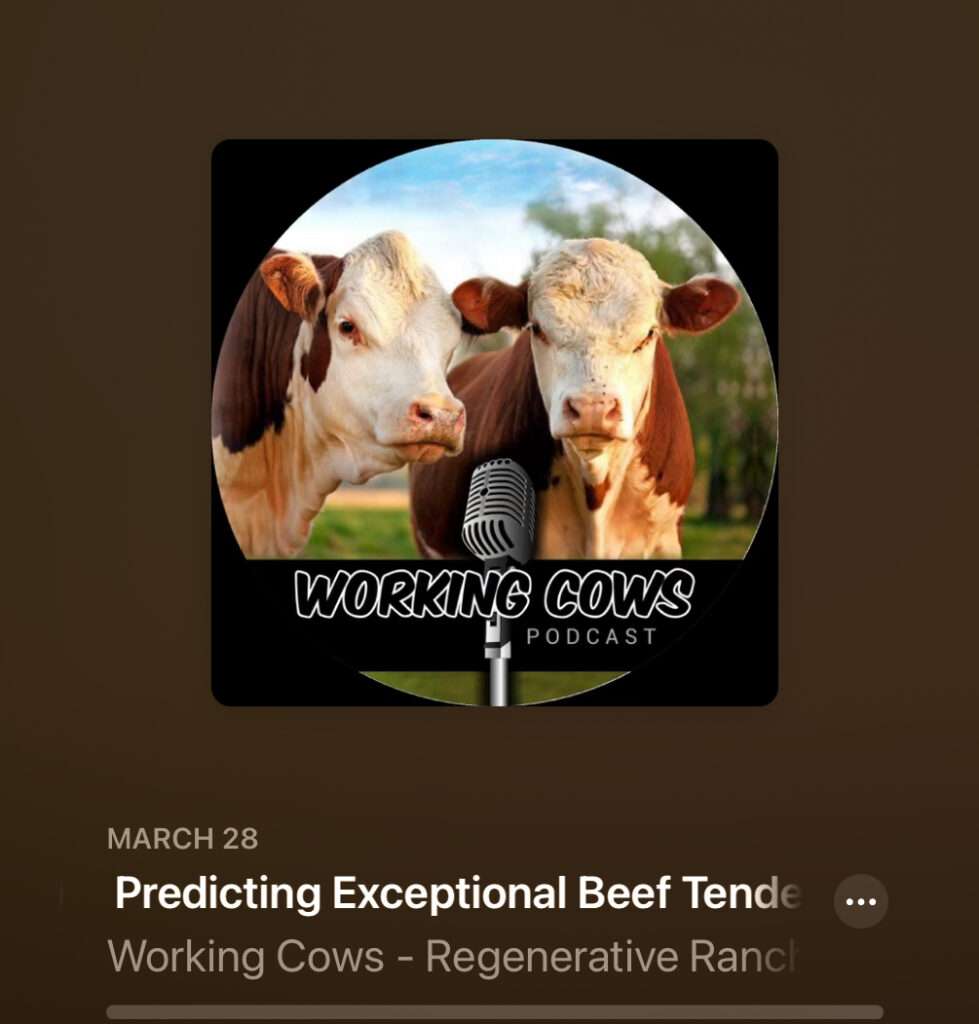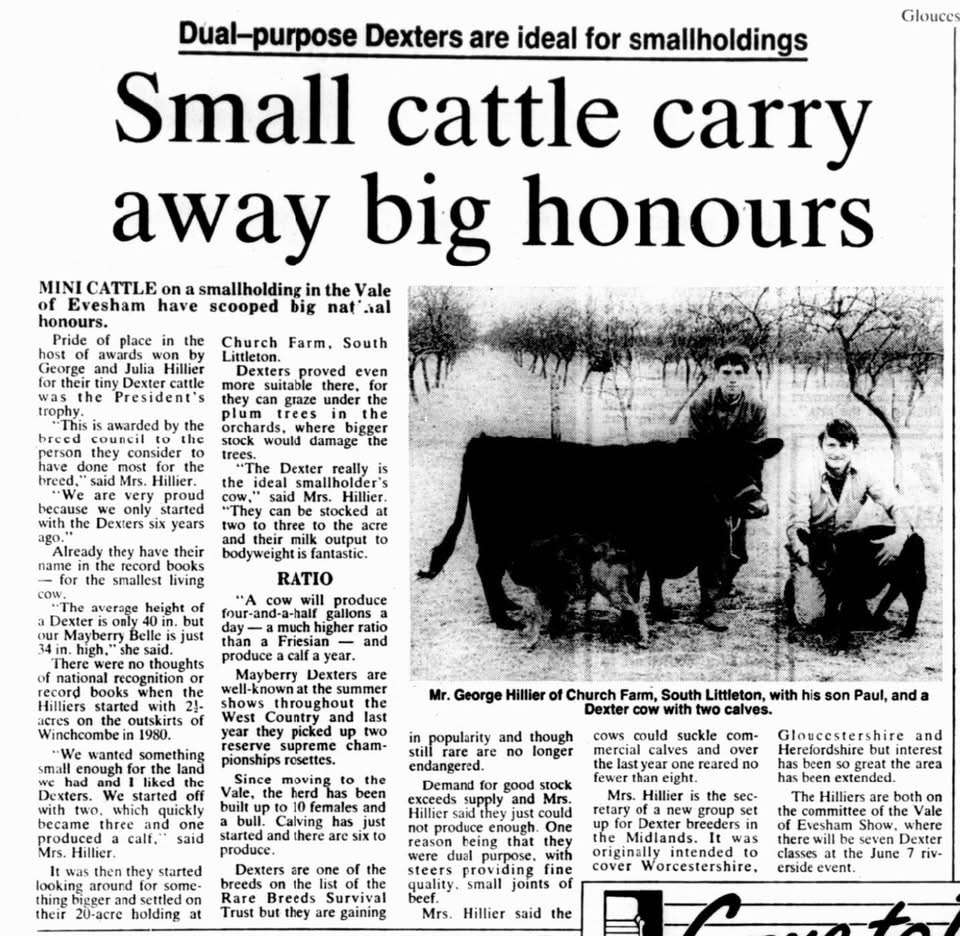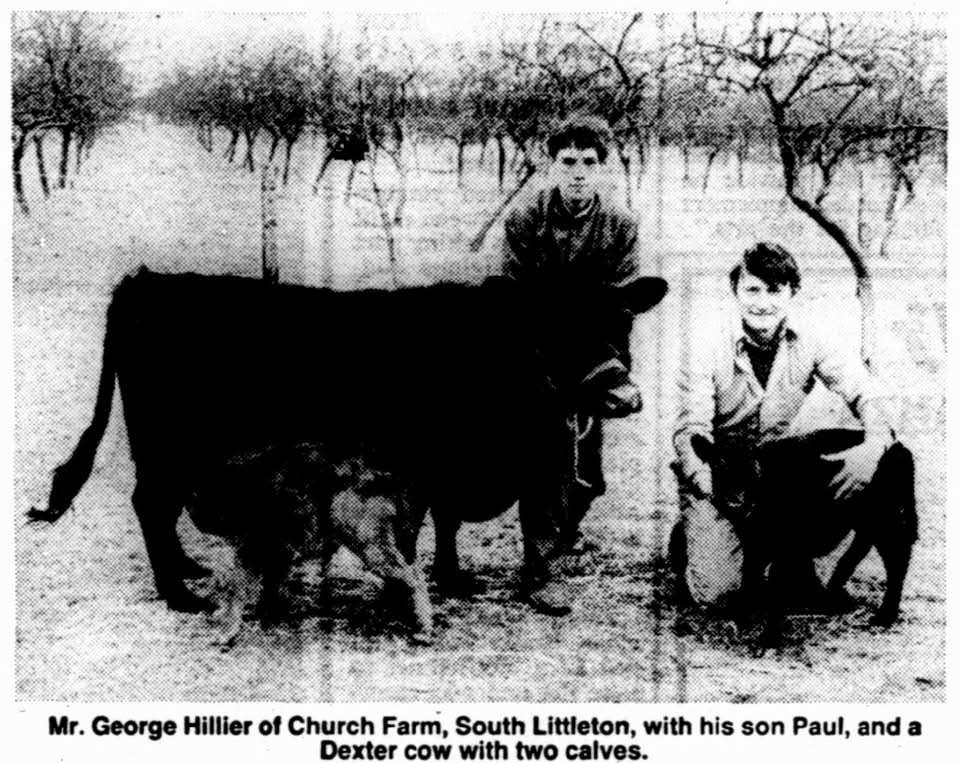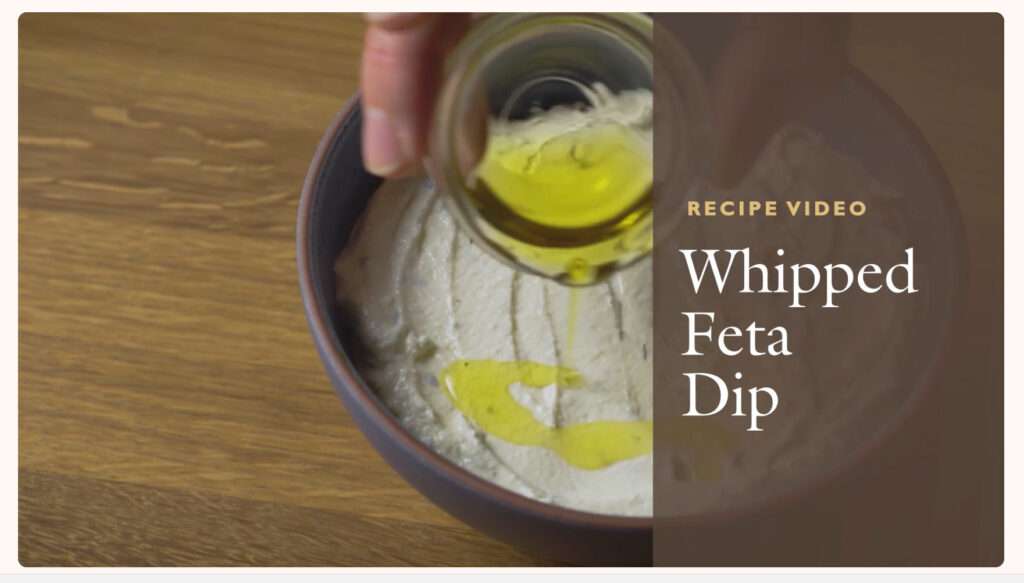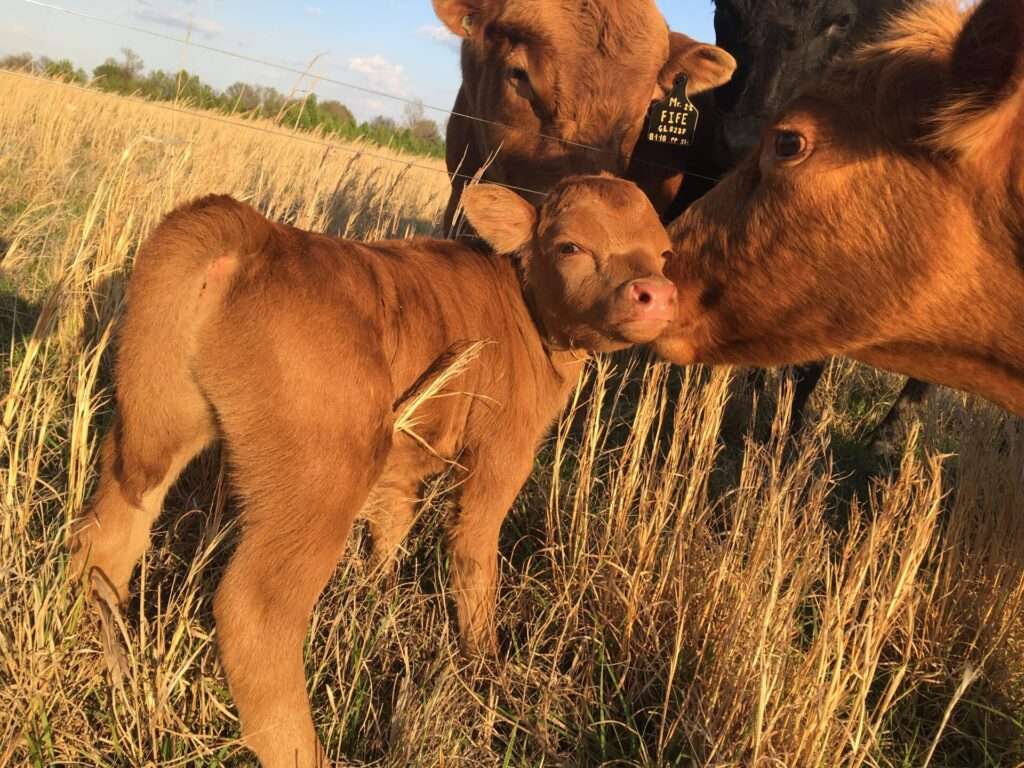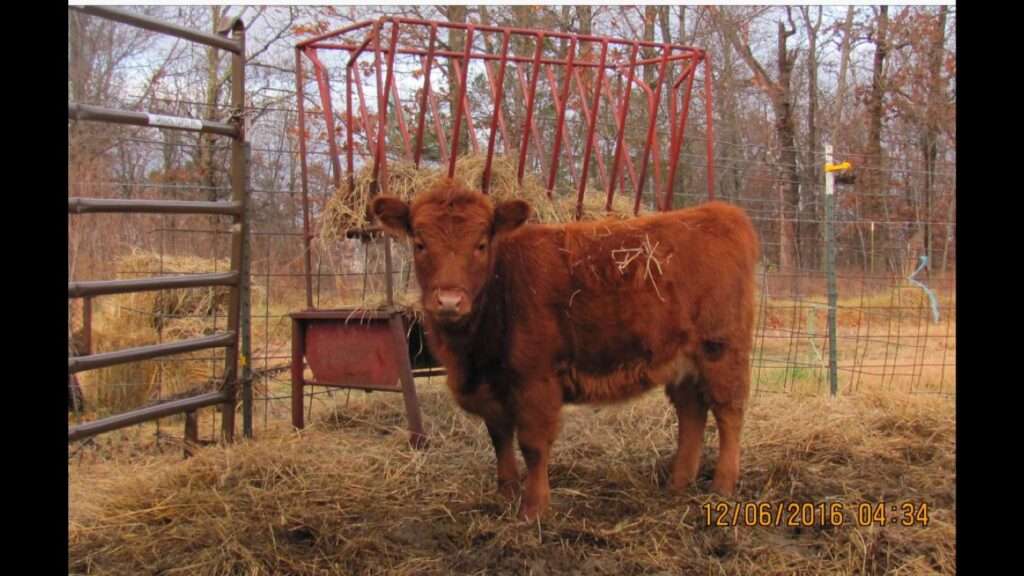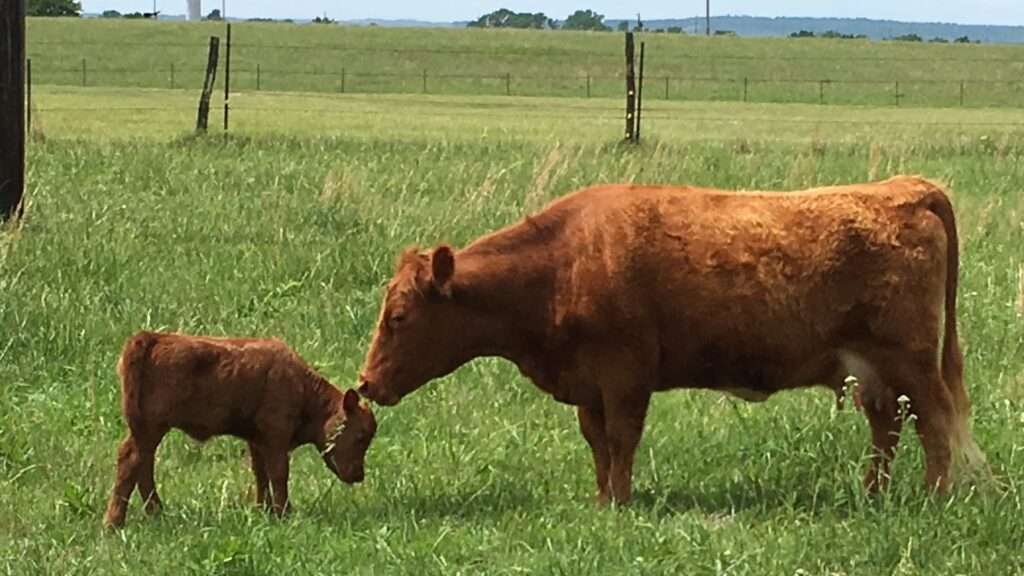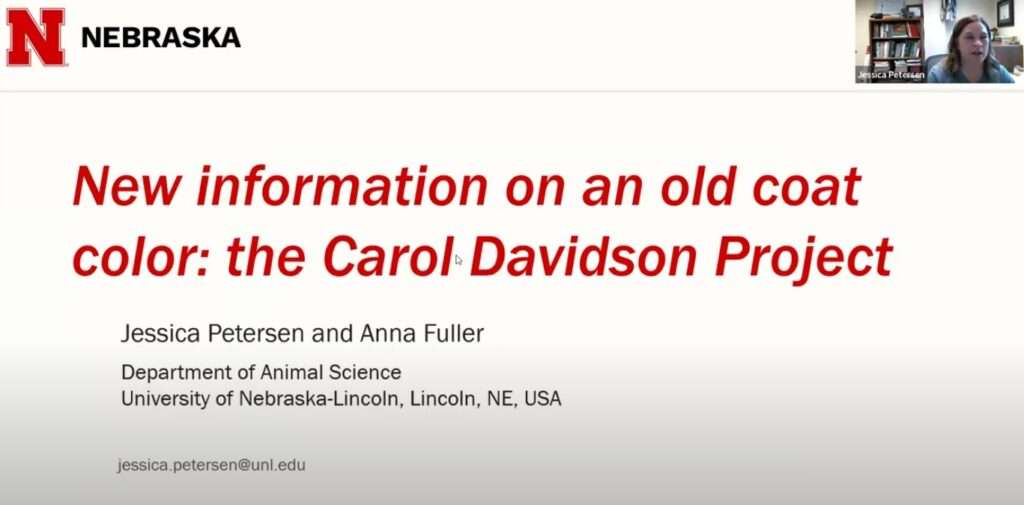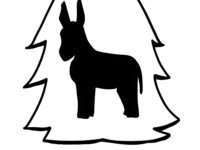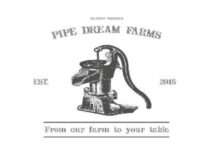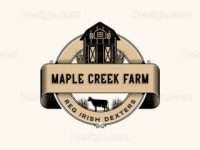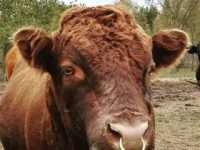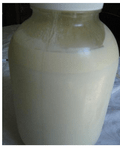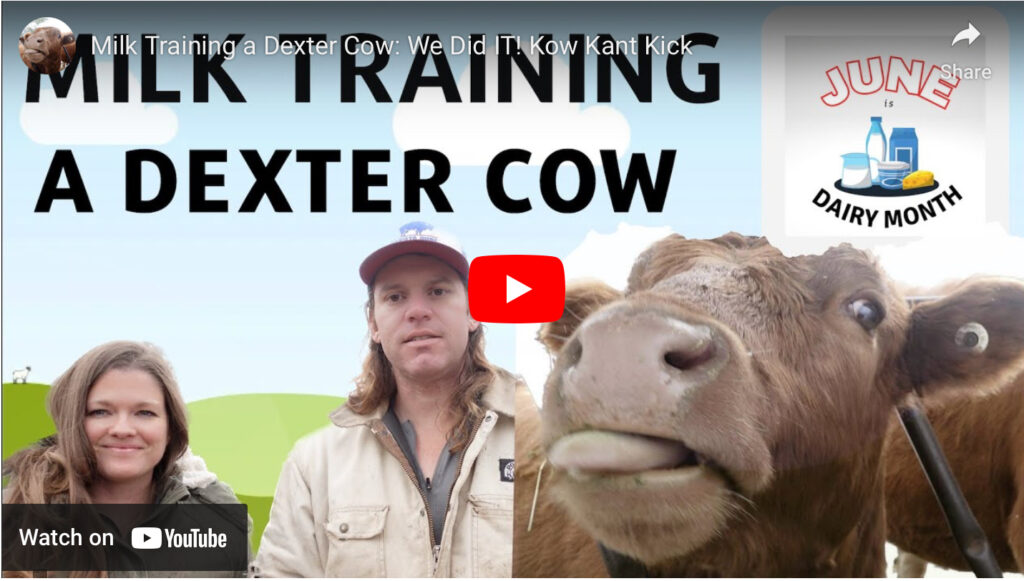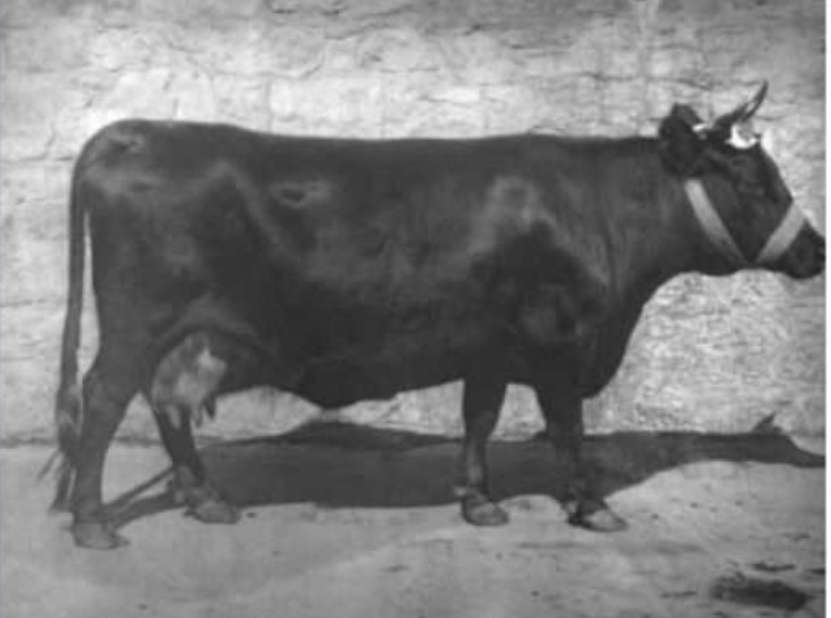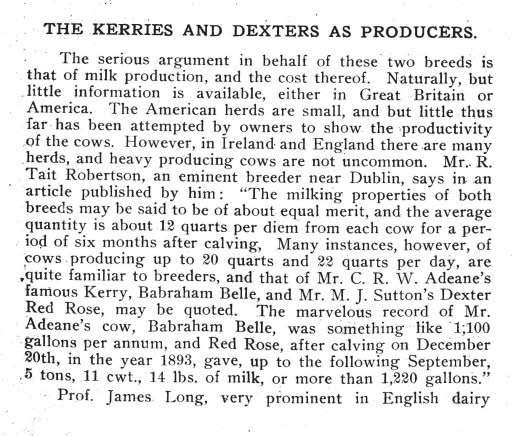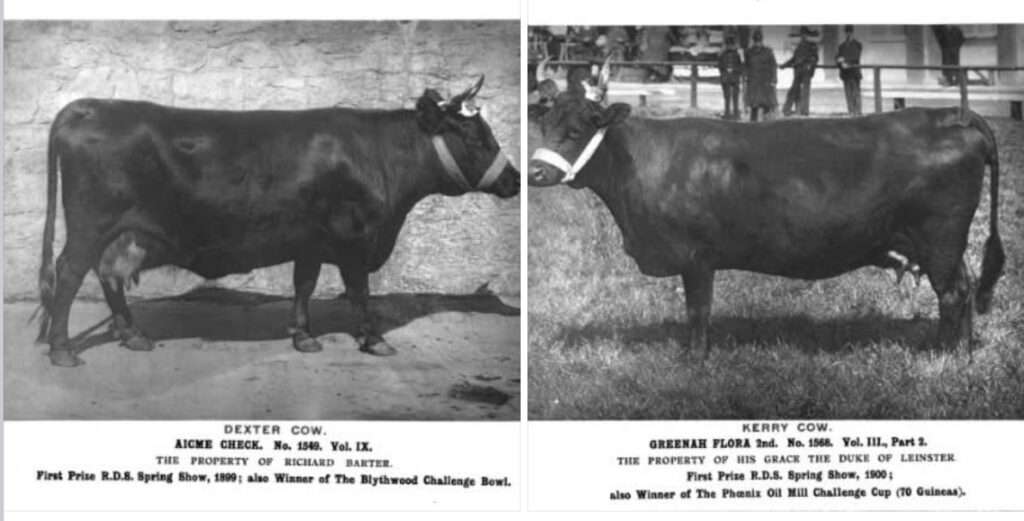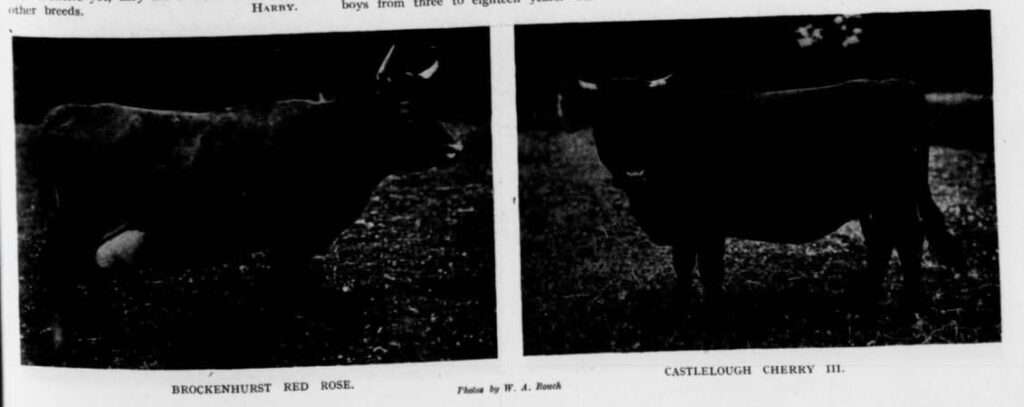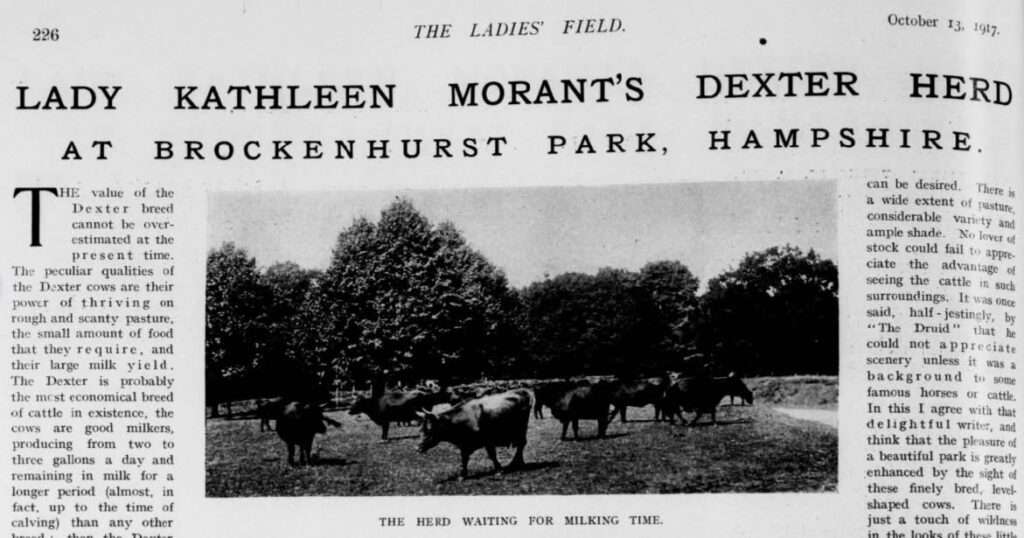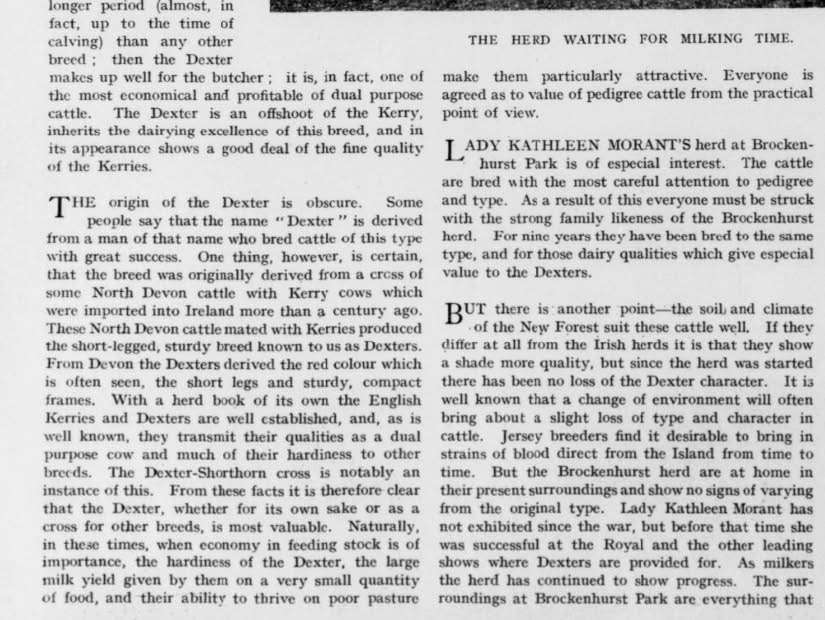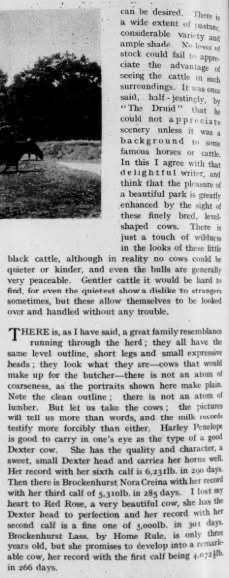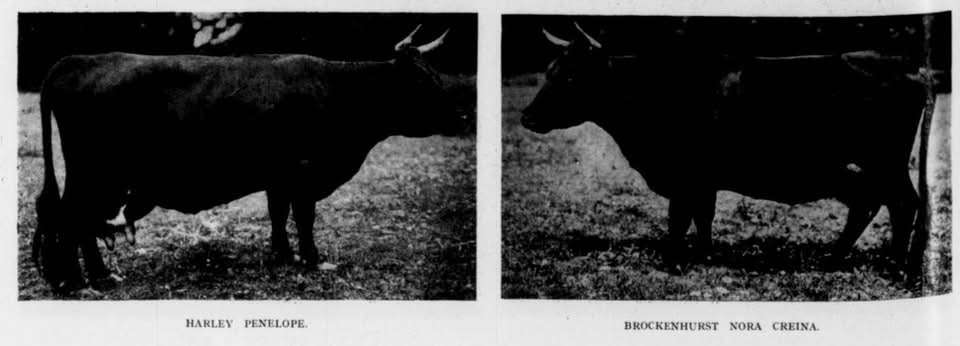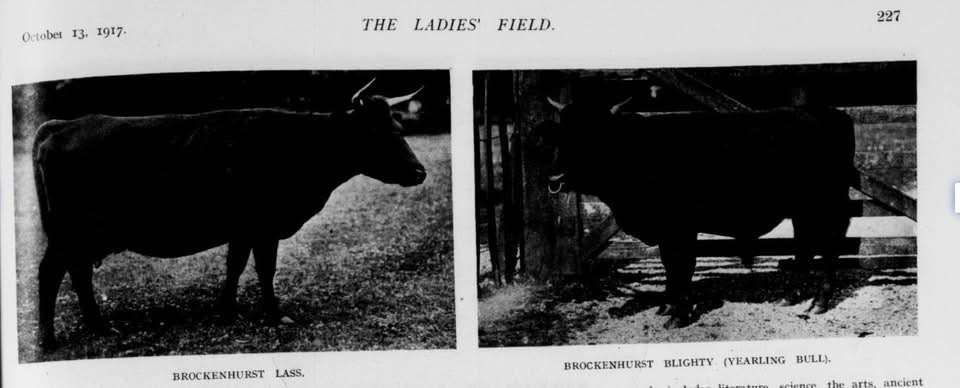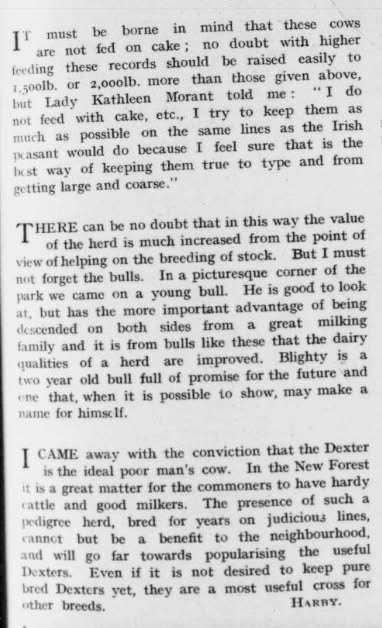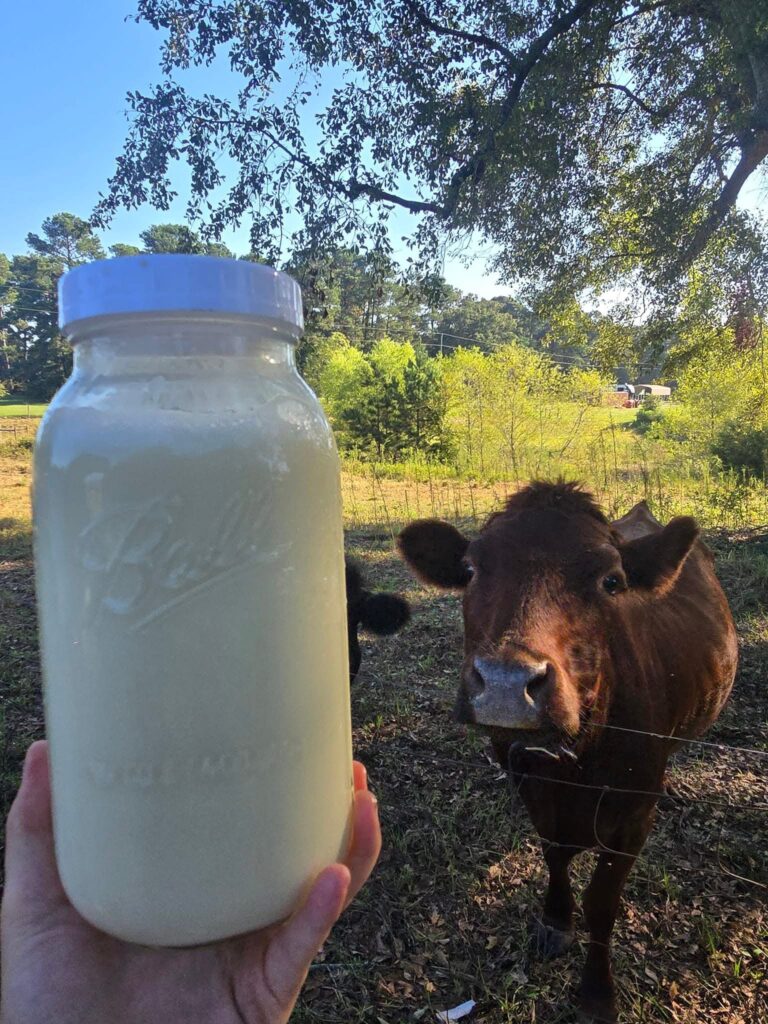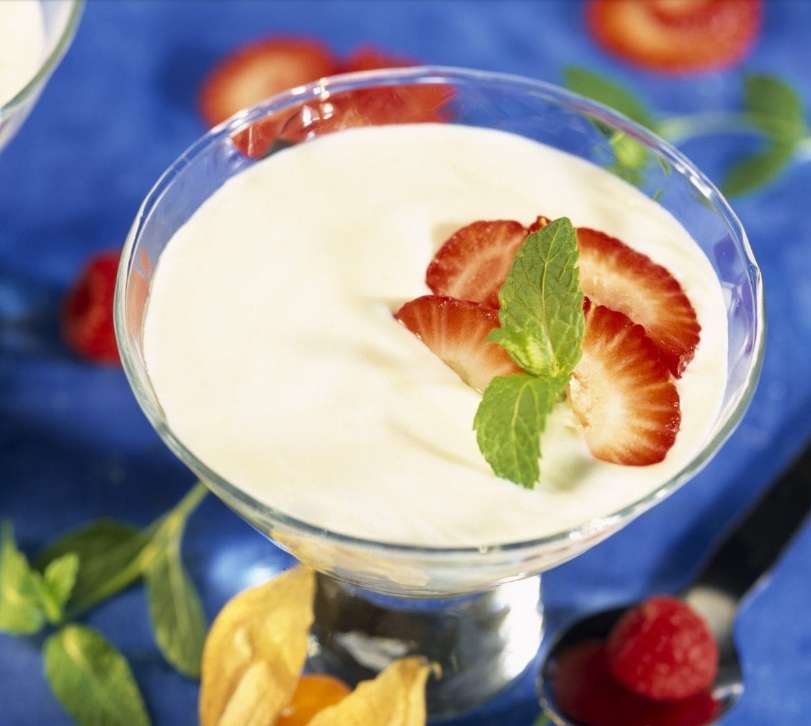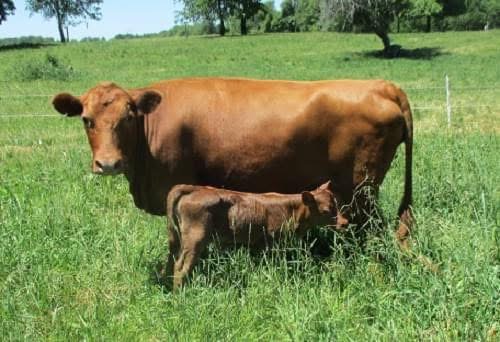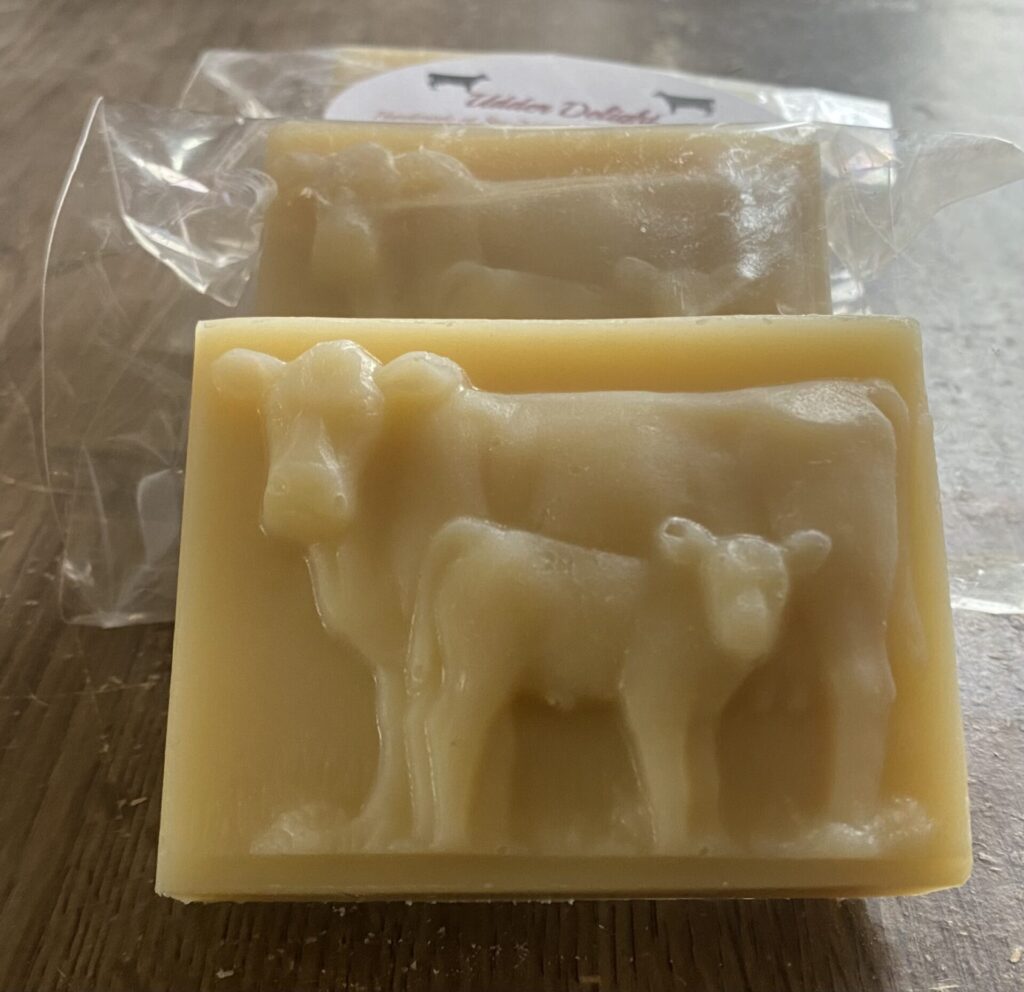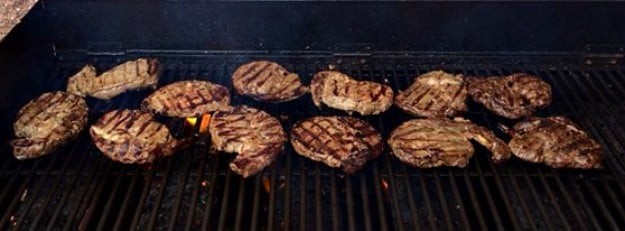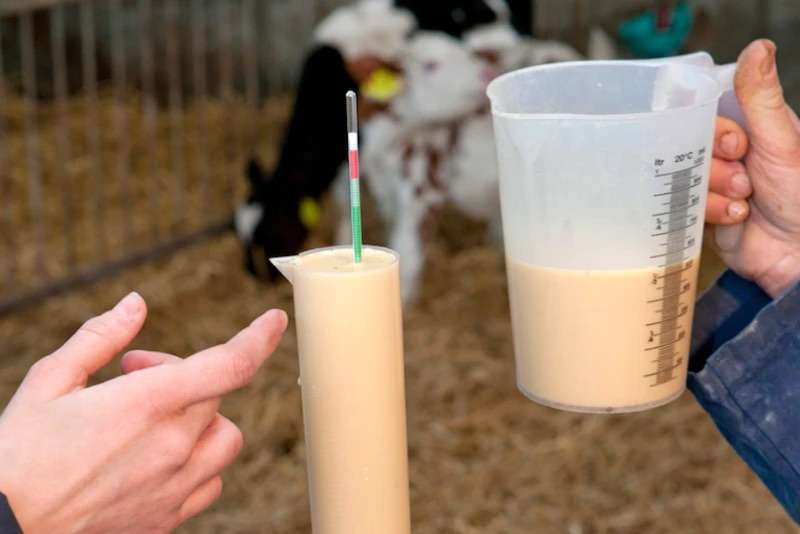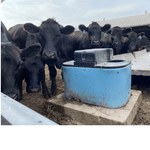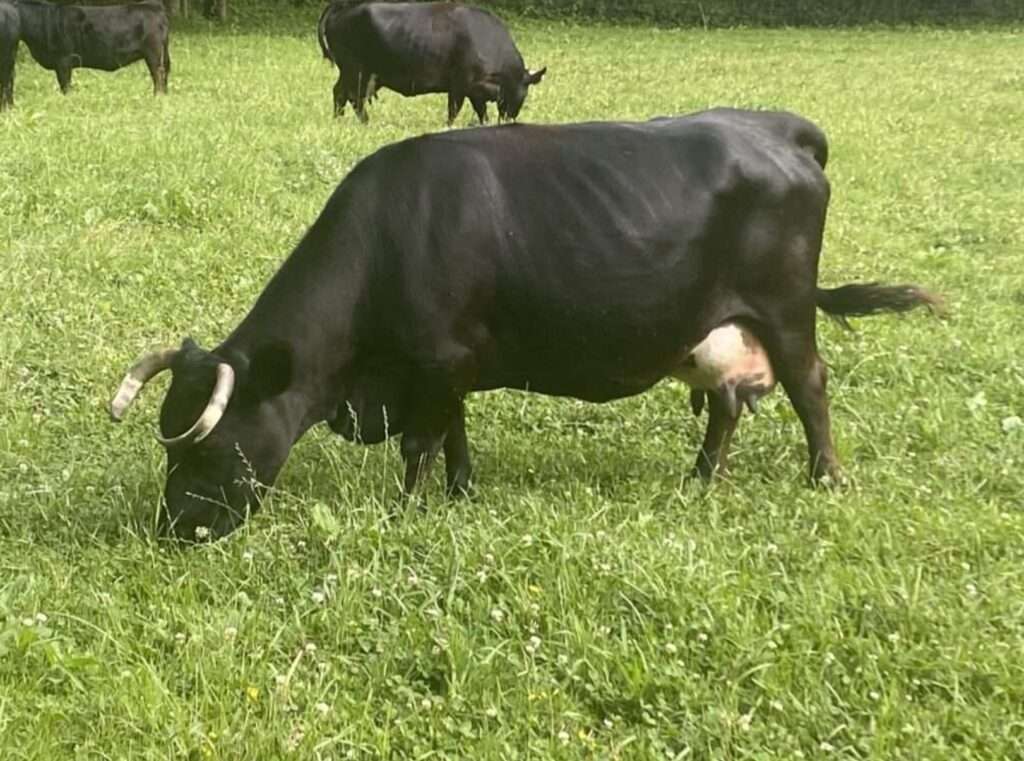Farm Sales…A Way I Find works
I think one of the hardest things for farmers, ranchers and homesteaders is when they need to sell something off the farm. That journey should start well before you need to sell something.
Let’s look at the model I use for selling of Dexter beef.
I share all of the information about our wonderful breed I can, on social media …especially things like, dropping the names of famous chefs that have come to appreciate the quality of our beef. I also share podcasts, articles and pictures of Dexters in the field, on the plate and in its packaging from the butcher.
So now you have some beef that will be ready to be processed in a few months and you don’t need it for your family. This is when you need to start looking for potential customers.
How to get started
The first thing you need to do is decide what you are going to sell and its value. One of the easiest ways to do this is to look at the market…check out sites like the Irish Dexter Cattlemen, Craig’s List and local social media sites. By comparing what you see on these you will be able to determine what the price point of what is selling in your area.
Things to keep in mind are is it grass-fed and grain finished or grass-fed and grass finished. The grass-fed grass finished tends to command a higher price. Another consideration is vaccinated, as more and more folks are looking for unjabbed…this is a term I see more and more. The more specialized your finished product is, the more you can ask. I say you can ask…because not every customer values that. It’s about building the clientele at this point.
Build your own customer base
Once you start to get customers, you will then need to retain them and encourage them to tell their friends. We always follow up immediately after they get their first quarter or half. Your butcher can also be a big help to you. He sees and works with a lot of different breeds and will have a much bigger customer base than you. A really good butcher is so important to your finished product and especially your yield. My butcher is wonderful about sharing what we have produced and bragging on it for us!
Not everyone knows what Dexter cattle are and that we have, well in my opinion and many of our customer’s opinion, one of best dual purpose , beef and dairy breeds. So, how do you get them to see the value of your beef and our breed? For us, it was finding like minded folks. People who were not looking for meat from the local grocery store. Someone who understood, that by buying the whole, half or quarter of the Dexter they would see an overall better value than the price of just the burger. Our burger is ancestral beef, another differential that sets us apart from many of the other farmers in our area. It includes a percentage of organ meat. This maybe valued by your customer, if they are health conscious…or maybe not important to others or even a put off, to some.
Once they have bought from you, you need to ask them when they will need more. You want to retain that customer and build on that base. If they rave about it…ask them to tell their friends and family. Word of mouth is so much less work and keeps your pipeline full. If you can’t fill their needs, find another Dexter owner who you can work with and help each other. For us, it’s about getting them to buy Dexter.
Dealing with objections
Common objects are:
I don’t know if I have enough freezer space…or how big a freezer do I need. We have many articles, videos and personal writings on the this in the IDC Gazette But the amount of beef produced is a huge selling feature, as the Dexter doesn’t give the average family, too much to deal with.
In many states they need to pay you for the Dexter and the butcher for the processing. In other states, they are done at USDA facilities and payment can be made to you including the processing. Or it can be sold as individual cuts. If selling individual cuts, more homework will need to be done determining the prices of those individual cuts. So, money can be a factor, as some will need to accrue for it unless you are selling individual cuts.
And my all time favorite objection …I need to talk to my husband or my wife…and then you hear crickets. You still need to follow up. Understanding objections can only help you hone your selling skills and prepare you for crazy objections like this last one….lol
Using the Irish Dexter Cattlemen Marketplace
I use the ad I generate using the Irish Dexter Cattlemen for selling. Why? Because it’s looks professional, I don’t have my own website and I don’t want to write a bunch of different ads.To best utilize the ad, I take a picture of it, so they have something to look at and then copy and paste the link of the ad into different social media groups and sometimes even Craig’s list. Not everyone uses social media or Craig’s list. So, by using the IDC Marketplace, I have exposure there on the website and in the FREE monthly newsletter, giving me two more vehicles for selling. By doing it this way, I only write the ad once and then copy and paste, giving it a professional and consistent look. Feed back from some of the buyers off the site have been very positive. They like that everything is in the ad…registration numbers if applicable, location, price and if it is negotiable and that they can have a private conversation.
When sharing on social media I choose local sites, as shipping, is not much of an option with cost of shipping and the need to keep it frozen. I also use the Irish Dexter Cattlemen featured post on FB and some of the cattle groups that serve my area, as it’s just not feasible for people to drive great distances for their beef.
Repetition
Just because you post something once doesn’t get it sold. People don’t typically look back through post from a week ago or a month ago. When they’re wanting to buy something they usually look back maybe a couple of days.
I suggest you post on Thursdays or Fridays and again on the weekend to get people looking at what you have available.
If you are keeping your pipeline full, and you are building your clientele, the repetition will not need to be as much. You will develop wait lists and those lists will need to be worked. Just because they’re on your waitlist doesn’t mean they’re going to buy again. You need to touch base with them periodically and keep it current because they may have decided to buy somewhere else. I find if you touch base with them monthly or every other month, you’re more likely to keep them on your list of potential buyers.
So in conclusion, the important things to remember are
Look professional.
Start to sell before your are taking your Dexter for processing.
Build up the quality of the breed and its beef….you never know you may sell breeding stock too to that beef customer.
Learn to deal with objections in a positive manner.
Remember, posting it once doesn’t get it sold.
Here is one of my favorite podcasts for educating buyers about our wonderful breed.
I sincerely hope this helps you…if you have more ideas, feel free to comment. I would love to hear some of your feedback or unique ways of selling your beef and breeding stock.
Farm Sales…A Way I Find works Read More »
Selling
